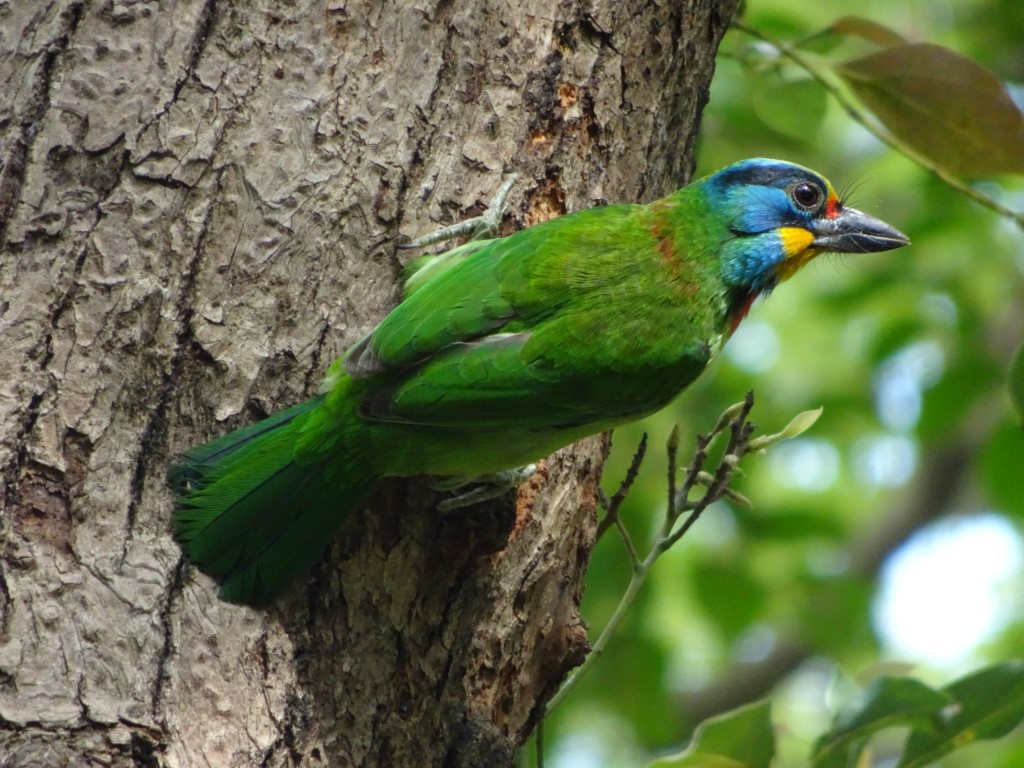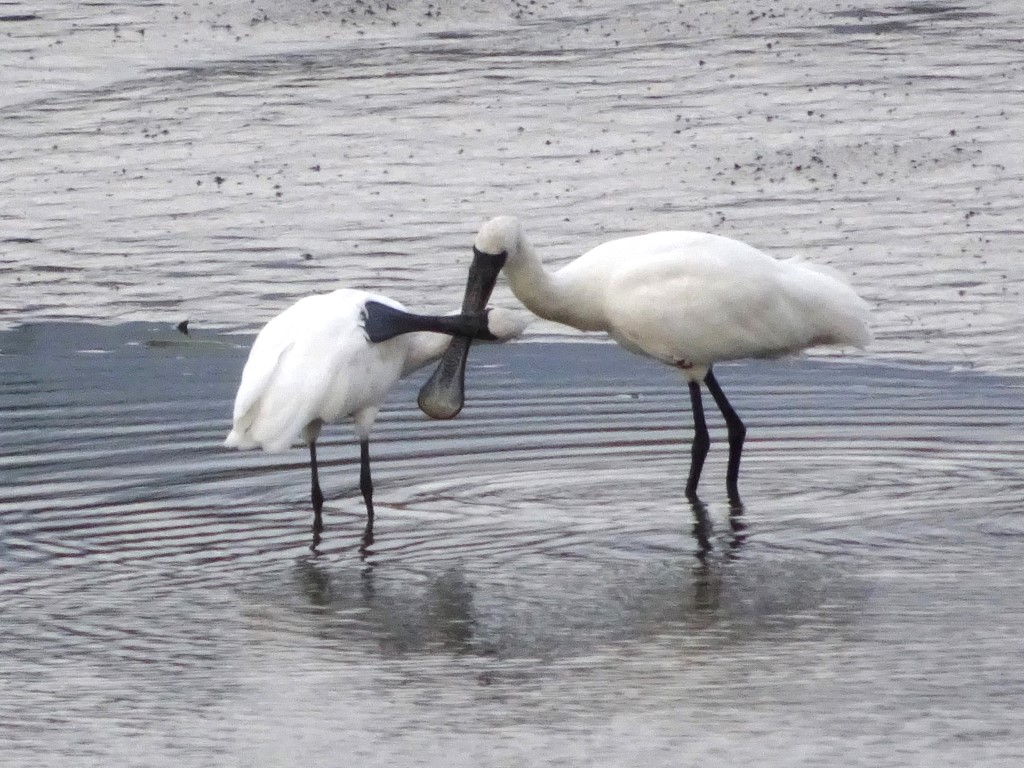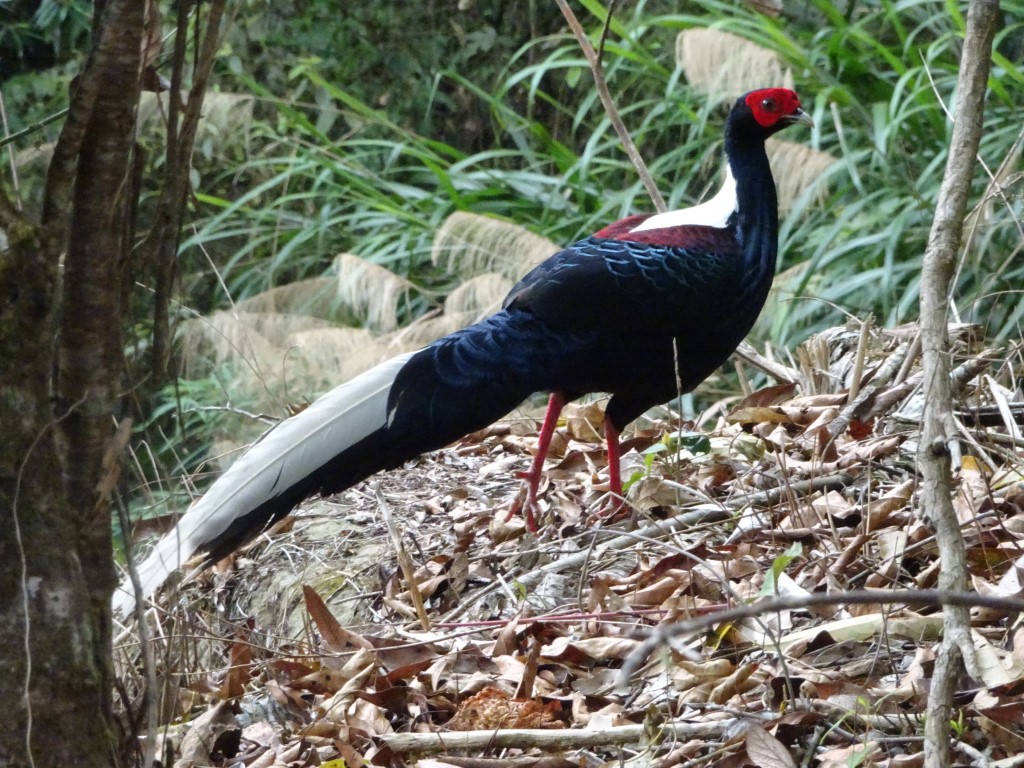Endre Harvold Kvangraven describes the experience of a research trip to Taiwan as part of his PhD studies at the University of Stavanger.

I was in the final stages of my PhD project at the University of Stavanger when I had the opportunity to spend some time in Taiwan in association with the Asia–Norway Environmental Storytelling Network (ANEST). Professor Finn Arne Jørgensen at the Greenhouse Center for Environmental Humanities put me in touch with Professor Hannes Bergthaller, one of the founding members and a past president of EASLCE, who would be my host at National Taiwan Normal University (NTNU) in Taipei.
Having written a dissertation about human–bird relations in Nordic literature, I was curious to find out more about birds and the culture of birding in Taiwan. The first endemic bird species I saw was the Taiwan Barbet, a conspicuously audible part of the Taipei cityscape, and in the forested hills at the edge of town I soon encountered the national bird, the Taiwan Blue Magpie. Exploring the green spaces of Taipei, I frequently crossed paths with other birders, especially bird photographers, as well as representatives of the Wild Bird Society of Taipei, which organizes outings and citizen science initiatives to foster environmental engagement.
At NTNU I held a lecture about ethics of care in human–bird relations for the graduate students. I also got to meet the Taiwan Anthropocene Network, an international community of interdisciplinary scholars from various universities in Taiwan. Where in Norway, work in the environmental humanities tends to be focused on ecocriticism and environmental history, in Taiwan the focus seems to be slanted more in the direction of philosophy and sociology, but with many shared points of reference. When Professor Tobias Menely visited NTNU to give a talk about elephants in cultural narratives, Hannes invited us both along for a hike in Yangmingshan National Park. Though best known for his groundbreaking work in tracing how environmental issues are reflected in English literature, Tobias also has some radical ideas about rewilding, and it was good to exchange ideas about wolves, elephants, and their relations with humans.

Hannes also introduced me to Mark Wilkie, a South African PhD candidate who has lived in and birded Taiwan for over two decades and participates in a range of citizen science activities such as the annual Northern Lapwing count on their wintering grounds in Yunlin County. Mark showed me around the wetlands of Kouhu and Aogu, where considerable tracts of farmland have been lost to land subsidence, the inflow of saltwater rendering fields useless for agriculture but good for birds. Among abandoned sugar cane plantations and overgrown fishponds, we spotted all manner of charismatic waders including the Pied Avocet, Black-winged Stilt, Sharp-tailed Sandpiper, and Pacific Golden Plover, and caught glimpses of skulkers like the Slaty-breasted Rail and Ruddy-breasted Crake. As we picked out the odd Eurasian Spoonbill among the many Black-faced Spoonbills, there was the deafening noise of fighter jets overhead, Taiwanese Indigenous Defense Fighters driving off Chinese-owned F-16s. This has apparently become a regular occurrence, China sending in aircraft along the coast so that Taiwan has little choice but to send in aircraft of their own to repel them, an expensive exercise with massive carbon emissions.

From mid-altitude endemics such as Swinhoe’s Pheasant to high-altitude endemics such as Flamecrest, I would see or hear 146 bird species in Taiwan, including 18 endemics. To top that off, I saw many endemic subspecies, some of which are markedly different from their counterparts elsewhere and likely candidates for full species status. Being a topographically diverse island, Taiwan has a high level of endemism. A main takeaway from my stay there is that a high human population density is not necessarily inimical to conservation. On the contrary, when people choose to live in close quarters, gathered in urban centers, it allows more space for birds and other wildlife. Ultimately, the conservation of ecosystems hinges on whether we value them for their biodiversity or merely see them as resources to be utilized. In Taiwan, as elsewhere, habitat is continually being lost to industrial development, but the pace is not necessarily higher than in sparsely populated European countries such as Norway. As the population begins to drop, there is considerable potential for restoration and rewilding.